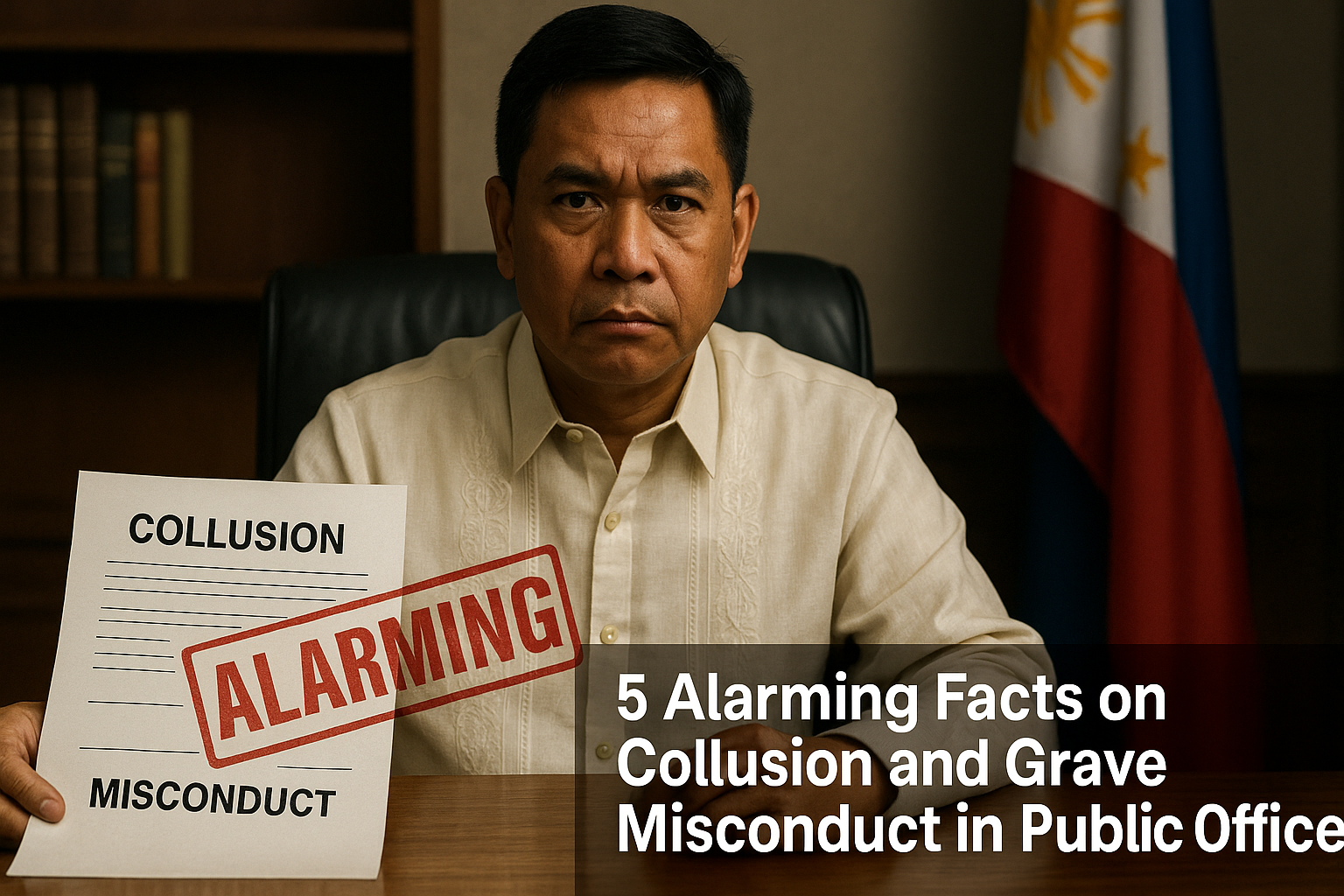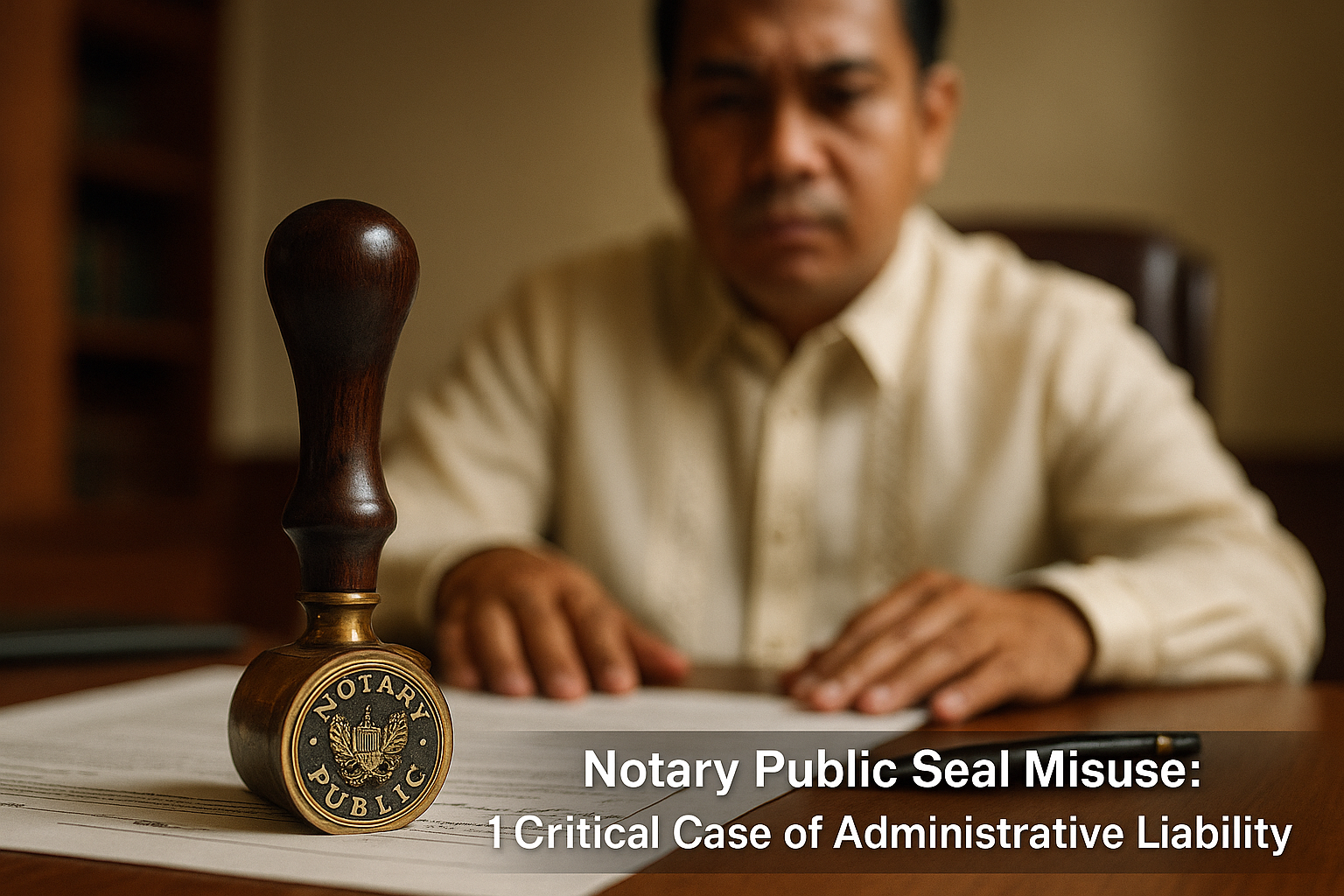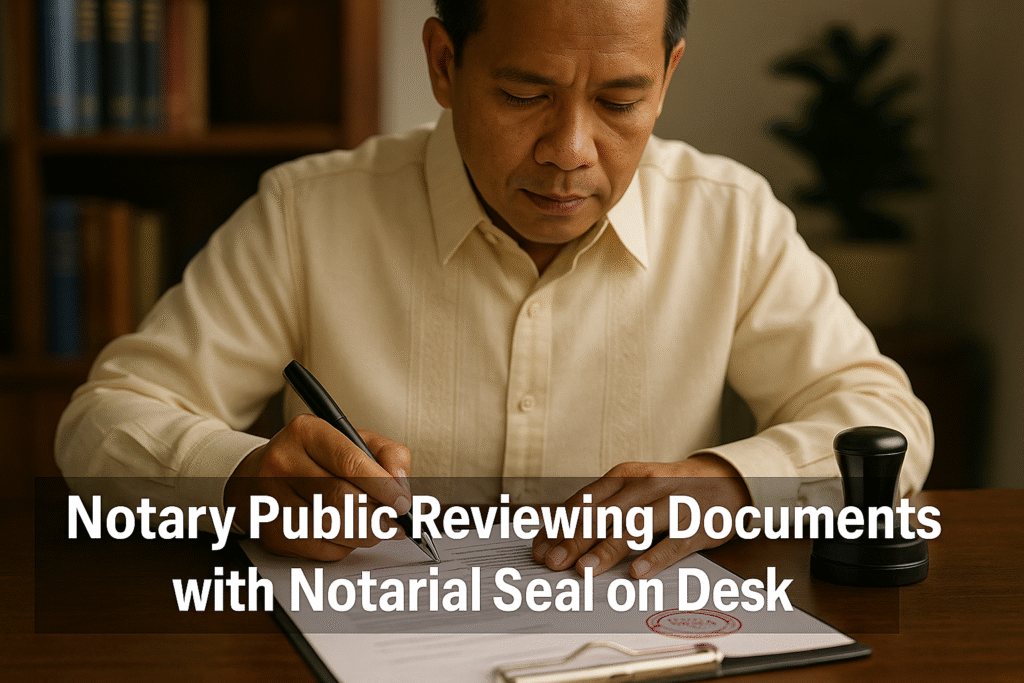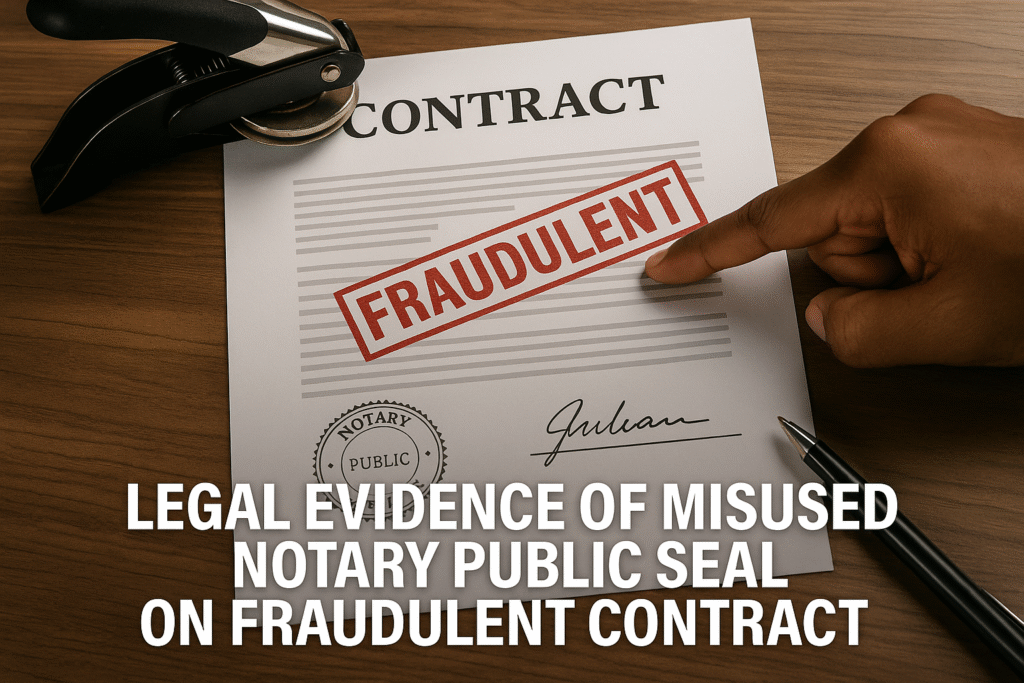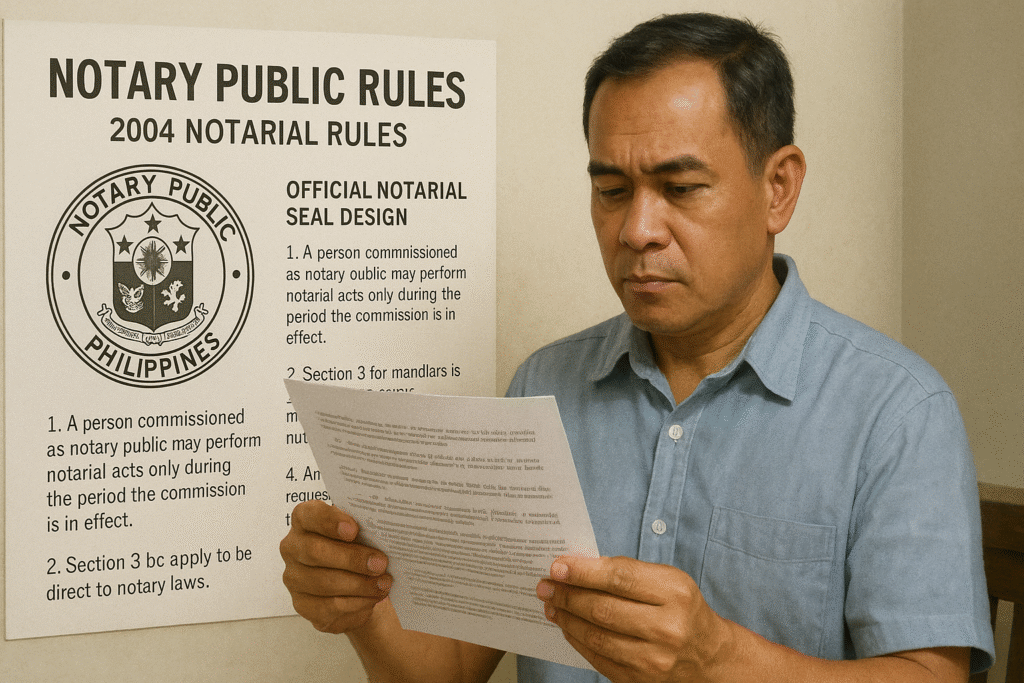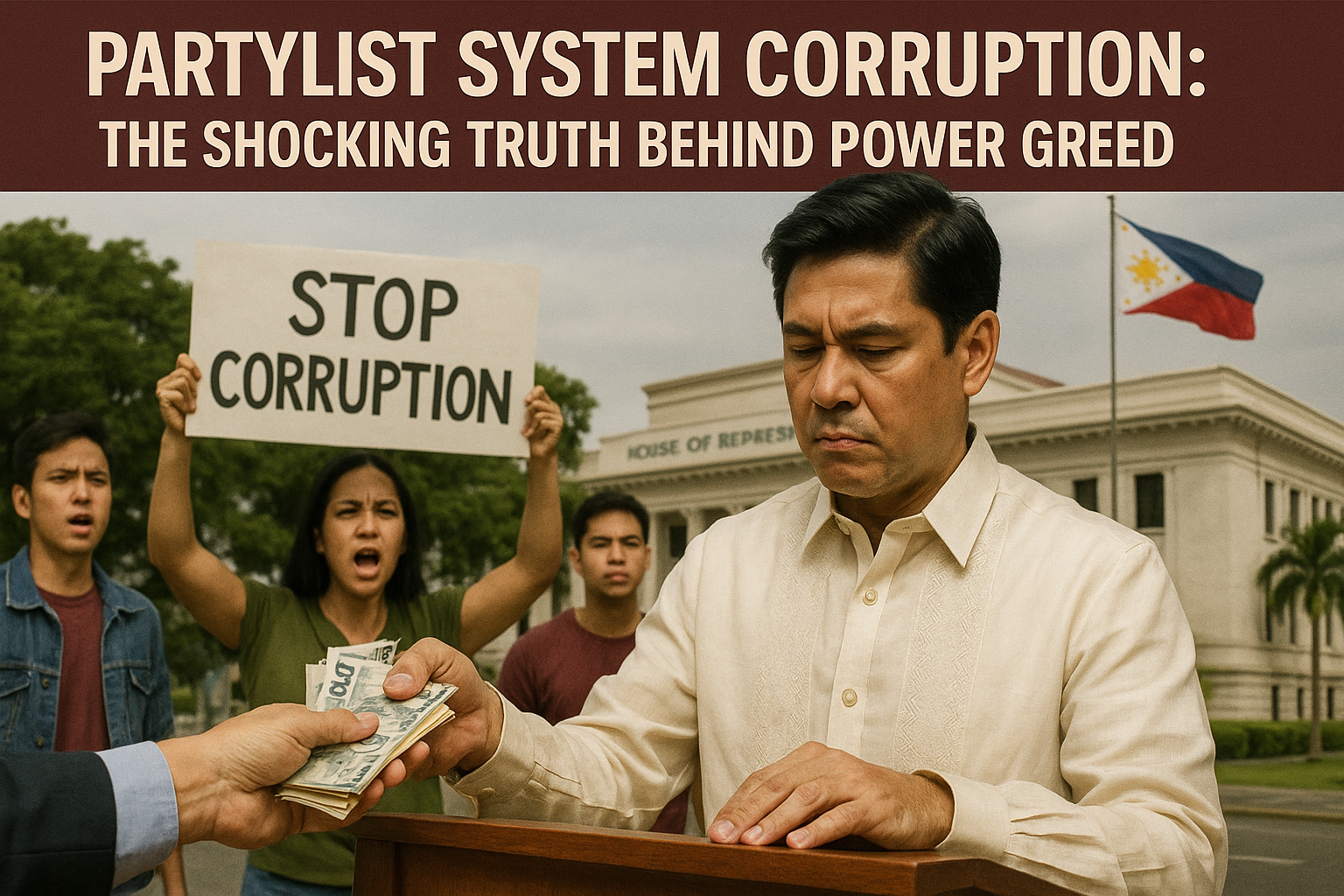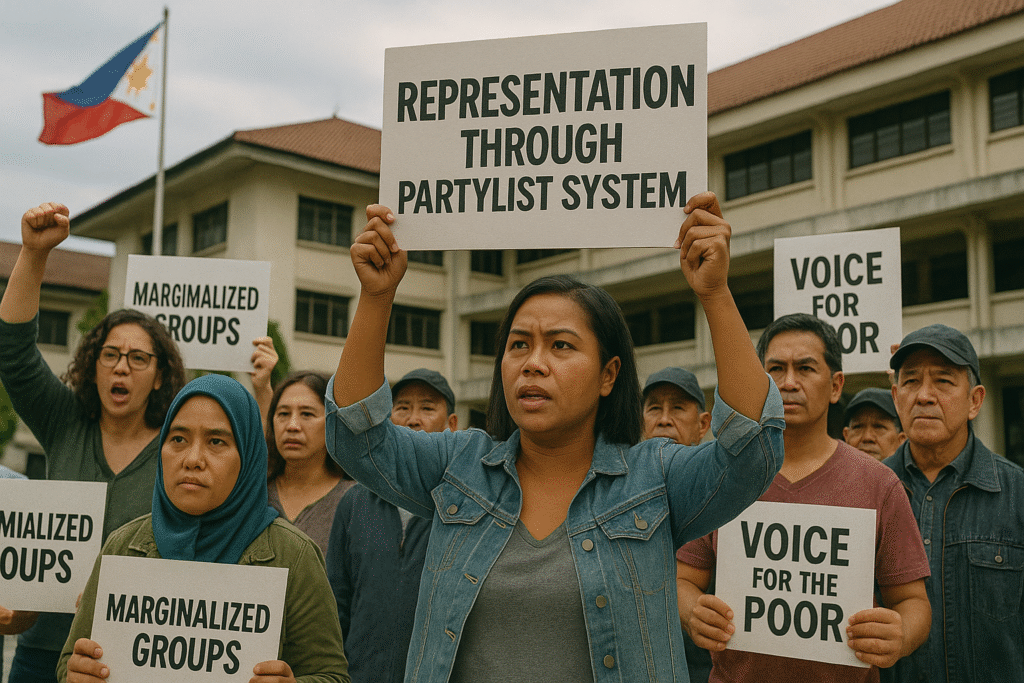October 1, 2021
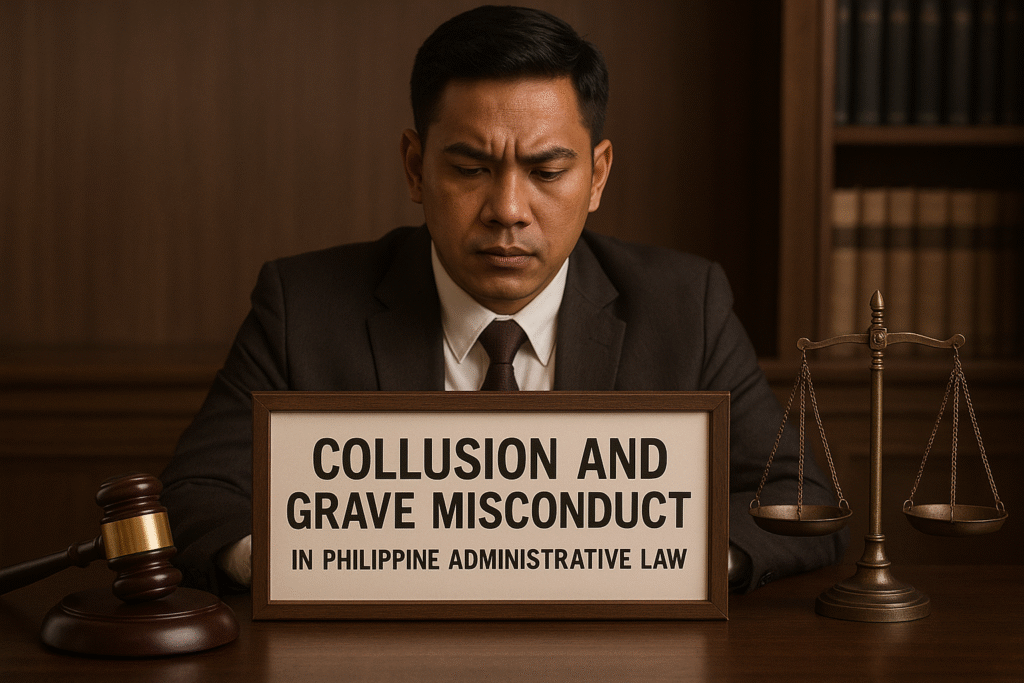
Grave misconduct committed by a public officer that will warrant his/her dismissal from the service must not be a mere failure to comply with the law. Also, an allegation of collusion must be proved by clear and convincing evidence to justify removal of a public officer from service.
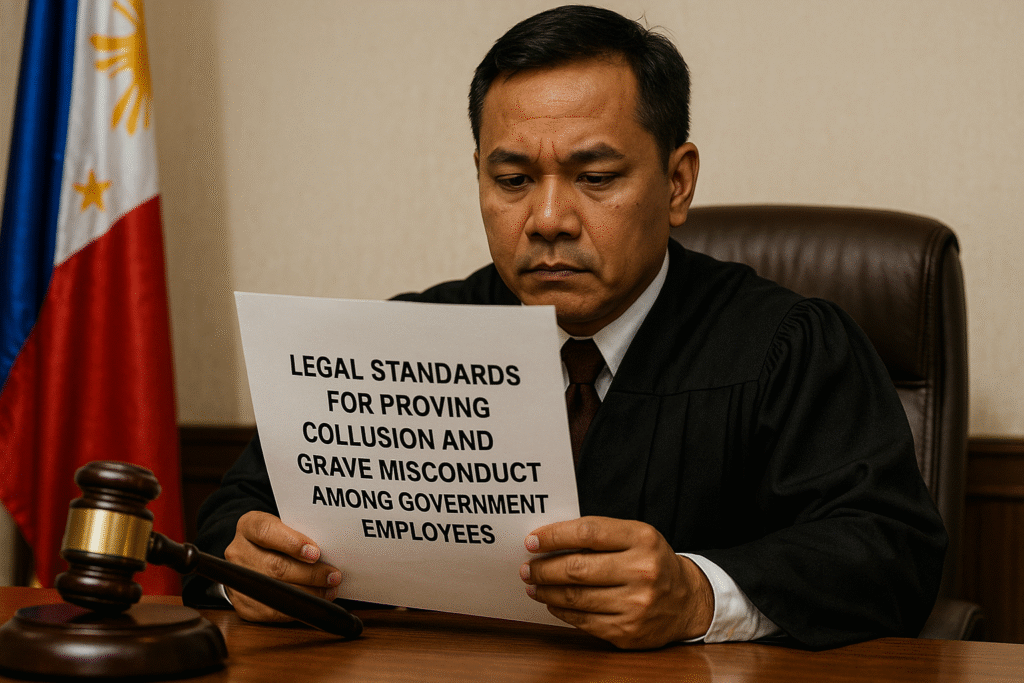
The case of Jaspe, Noel T. and Araneta, Ma. Negenia vs. Public Assistance and Corruption Prevention Office and Agustin Sonza G.R. No. 251940, July 12, 2021 grave misconduct that may warrant dismissal of a public officer was defined as follows:
“Grave misconduct is defined as the “wrongful, improper or unlawful conduct motivated by a premeditated, obstinate or intentional purpose.” It is not mere failure to comply with the law. Failure to comply must be deliberate and must be done in order to secure benefits for the offender or for some other person.”
“For a charge of grave misconduct or any grave offense to prosper, therefore, the evidence against the respondent should be competent and must be derived from direct knowledge. Reliance on mere allegations, conjectures and suppositions, as in this case, warrants the dismissal of the charge.”
Likewise in the same case, it was pronounced that to warrant a dismissal of a public officer or employee from the service based on collusion with parties in a public bidding, the person charging collusion must prove it by clear and convincing evidence. The Supreme Court ruled that:
“On this score, Desierto v. Ocampo pronounced that the complainant charging collusion must prove it by clear-and convincing evidence, thus:
“Collusion implies a secret understanding whereby one party plays into another’s hands for fraudulent purposes. It may take place between and every contractor resulting in no competition, in which case, the government may declare a failure of bidding. Collusion may also ensue between contractors and the chairman and members of the PBAC to simulate or rig the bidding process, thus insuring the award to a favored bidder, to the-prejudice of the government agency and public service. For such acts of the chairman and the members of the PBAC, they may be held administratively liable for conduct grossly prejudicial to the best interest of the government service. Collusion by and among the members of the PBAC and/or contractors submitting their bids may be determined from their collective acts or omissions before, during and after the bidding process. The complainants are burdened to prove such collusion by clear and convincing evidence because if so proved, the responsible officials may be dismissed from the government service or meted severe administrative sanctions for dishonesty and conduct prejudicial to the government service.”
Further, Desierto ordained that mere declaration of a lone winning bidder does not necessarily mean there was collusion, absent a showing that the BAC members were closely associated with the bidders, thus:
“We believe that in this case, the complainants failed to prove that there was collusion by and among the contractors and the chairman and members of the PBAC. The PBAC may have erred in waiving the defects in the bids of Carwin Construction and Ed-Mar’s Construction on the belief that the defects were minor, but it does not follow that its members, including the respondent, conspired with the contractors to rig the bid process. Carwin Construction and Ed-Mar’s Construction may have, likewise, submitted defective bid documents but, absent any other evidence, it cannot thereby be concluded that there was conspiracy to rig the bid process to insure that PR T Construction would emerge the lone and winning bidder. The chairman and members of the PBAC may have, likewise, erred in the performance of their duties, but it does not necessarily mean that they did so in bad faith or with dishonesty.”
